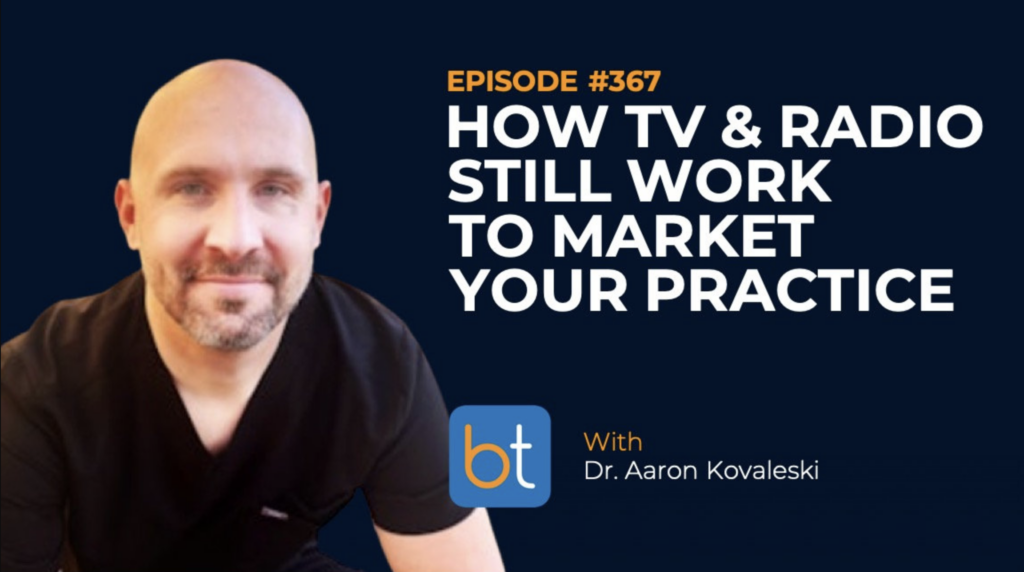Foam Sclerotherapy
Sclerosant is an injectable solution used in the treatment of venous insufficiency that can be injected as a foam or a liquid, and is typically performed after vein ablation. Foam Sclerotherapy is also an important part of venous wound care.
After a local anesthetic is applied, a tiny needle is positioned within the poorly functioning vein under ultrasound guidance. Through this needle, liquid sclerosant or foam (a combination of air and sclerosant) is injected into the veins. The injection is watched with real-time ultrasound guidance.
Foam Sclerotherapy is a minimally-invasive procedure done at our facility and recovery consists of compression socks post treatment.
After a local anesthetic is applied, a tiny needle is positioned within the poorly functioning vein under ultrasound guidance. Through this needle, liquid sclerosant or foam (a combination of air and sclerosant) is injected into the veins. The injection is watched with real-time ultrasound guidance.
Foam Sclerotherapy is a minimally-invasive procedure done at our facility and recovery consists of compression socks post treatment.





